Notre Dame Cathedral is one of the most famous symbols of Paris and one of France's most important historical buildings. The cathedral was started to be built in 1163 and completed in 1345. Built in the Gothic architectural style, the cathedral is 130 meters long, 48 meters wide, and 35 meters high. One of the most striking features of the cathedral is its famous bell, which was made in the 13th century and weighs 28 tons. In addition, the stained glass windows, sculptures, and other works of art inside the cathedral also attract visitors' attention. However, after the fire that occurred in 2019, the historical structure of the cathedral was greatly damaged. Restoration work is aimed at restoring the cathedral to its former appearance.
The Historical Texture of Notre Dame Cathedral: From Past to Present
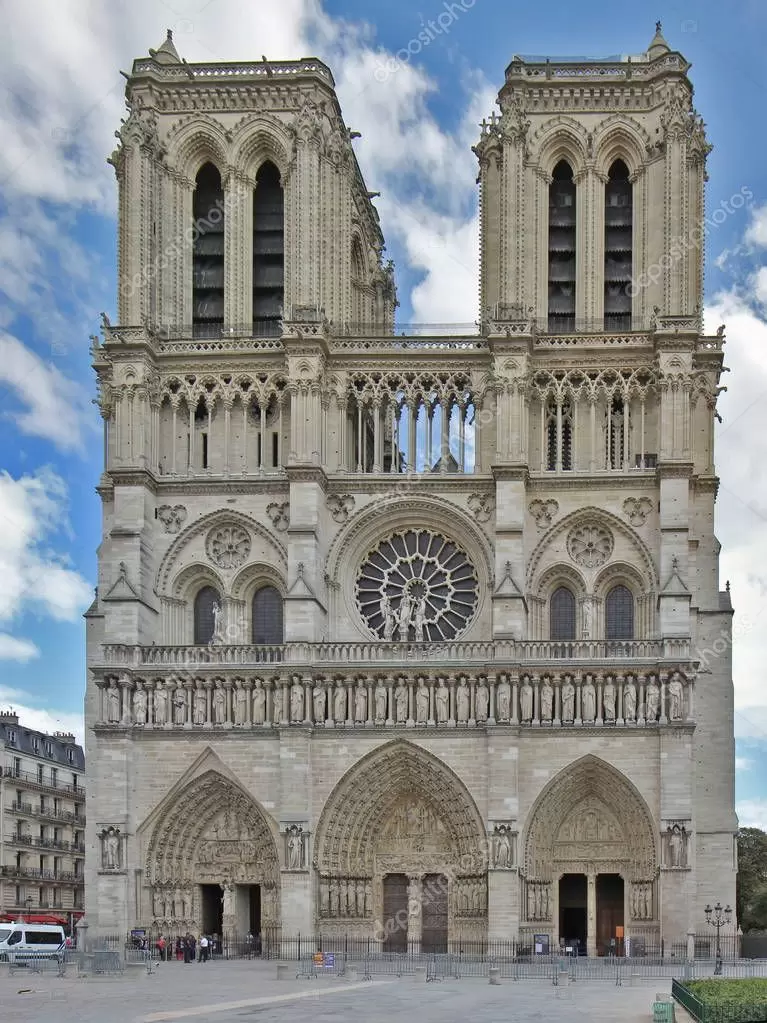
The Notre Dame Cathedral is one of the most famous structures in Paris and one of France's most important historical monuments. The cathedral was started in 1163 and completed in 1345, taking approximately two centuries to build. It is one of the finest examples of Gothic architecture and one of France's largest churches.
The Notre Dame Cathedral is an important part of France's historical and cultural heritage. During the French Revolution, the cathedral suffered serious damage and was later restored. The cathedral was also featured in Victor Hugo's novel Notre Dame de Paris in the 19th century, which increased its popularity.
One of the cathedral's most notable features is its towers. The cathedral's two towers, at 69 meters high, are among the tallest structures in Paris. Other important features of the cathedral include its beautiful stained glass windows, sculptures, and large organ.
The Notre Dame Cathedral suffered serious damage in a fire on April 15, 2019. The fire destroyed the cathedral's roof and spire. However, the main structure and important features of the cathedral were preserved. Restoration work on the cathedral is still ongoing.
The Notre Dame Cathedral is an important part of France's historical and cultural heritage and is recognized worldwide. It is one of the most visited places by tourists and welcomes millions of visitors every year. The cathedral is a symbol of France's cultural richness and a treasure that must be preserved for future generations.
The Historical Texture of Notre Dame Cathedral: Restoration Works
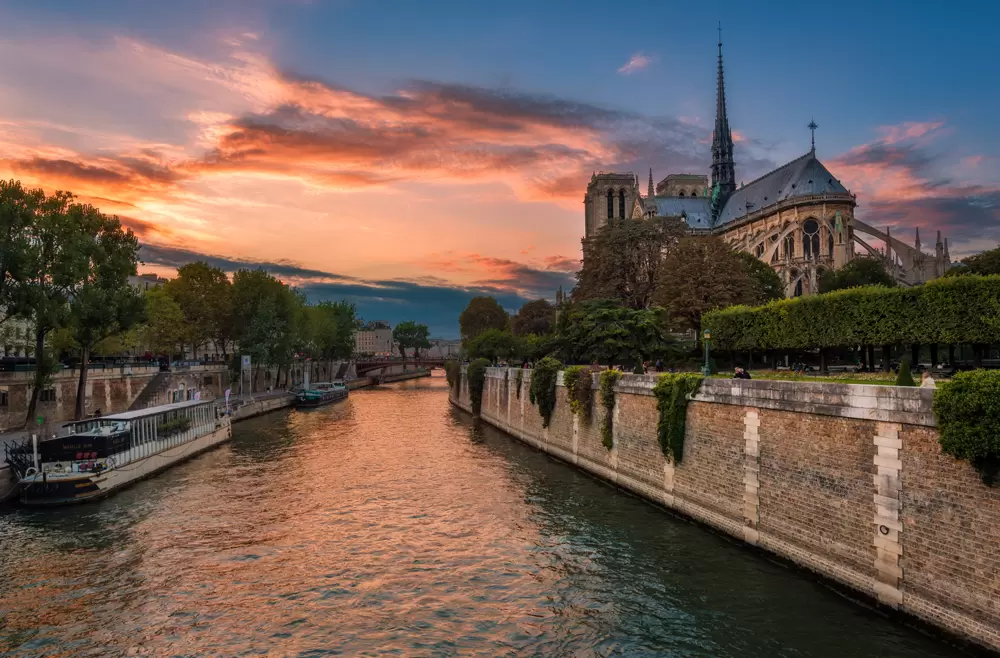
The Notre Dame Cathedral is one of the most famous tourist attractions in Paris. Throughout its 850-year history, it has witnessed many events. However, after the fire that occurred on April 15, 2019, the historical structure of the cathedral was greatly damaged. Therefore, restoration work was quickly initiated.
The restoration work is being carried out to preserve and rebuild the historical structure of the cathedral. These works include the architecture, sculptures, stained glass windows, and other historical elements of the cathedral. Restoration work must be done carefully to preserve the historical structure of the cathedral.
The restoration work is being carried out by experts. These experts use special techniques to preserve the historical structure of the cathedral. For example, the stained glass windows of the cathedral are cleaned using a special technique to prevent damage to the glass.
Restoration work is important for preserving the historical structure of the cathedral. These works ensure that the cathedral is passed down to future generations. In addition, preserving the historical structure of the cathedral also helps to preserve the historical heritage of Paris.
In conclusion, the restoration work of the historical structure of the Notre Dame Cathedral is important for preserving the historical heritage of the cathedral. These works ensure that the cathedral is passed down to future generations. In addition, preserving the historical structure of the cathedral also helps to preserve the historical heritage of Paris.
The Historical Texture of Notre Dame Cathedral: Architectural Features
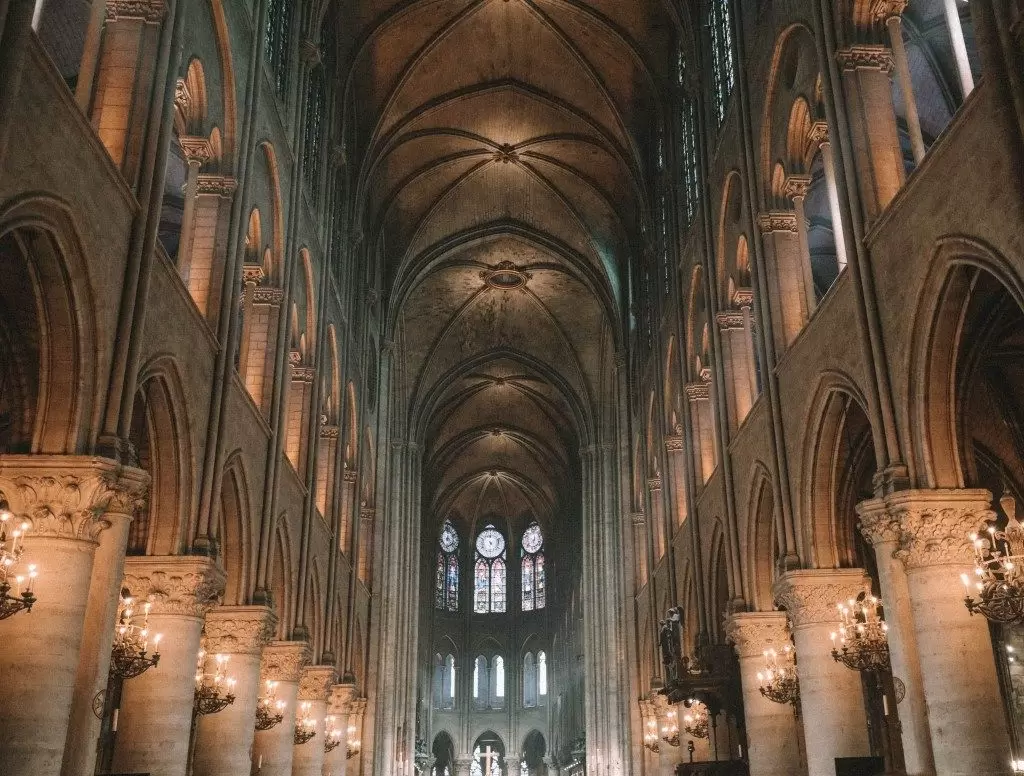
Notre Dame Cathedral is one of the most famous buildings in Paris and one of France's most important historical structures. The cathedral was started in 1163 and completed in 1345. The architectural features of the building are one of the finest examples of Gothic architecture.
One of the most striking features of the cathedral is its high vaulted ceilings. These vaults increase the volume inside the cathedral and allow light to enter. Additionally, the towers outside the cathedral are also noteworthy. The north tower is the tallest tower at 69 meters and contains the famous Notre Dame bell.
The stained glass windows inside the cathedral are also remarkable. These windows date back to the 13th century and depict scenes from Christian history. Additionally, the sculptures inside the cathedral are noteworthy. These sculptures depict important figures and events from Christian history.
Notre Dame Cathedral is known worldwide for its historical significance and architectural features. The cathedral is one of France's most important tourist attractions and is visited by millions of tourists every year. However, in 2019, a fire caused damage to many parts of the cathedral. Restoration work is underway to restore the cathedral to its former glory.
The Historical Texture of Notre Dame Cathedral: Art and Cultural Heritage
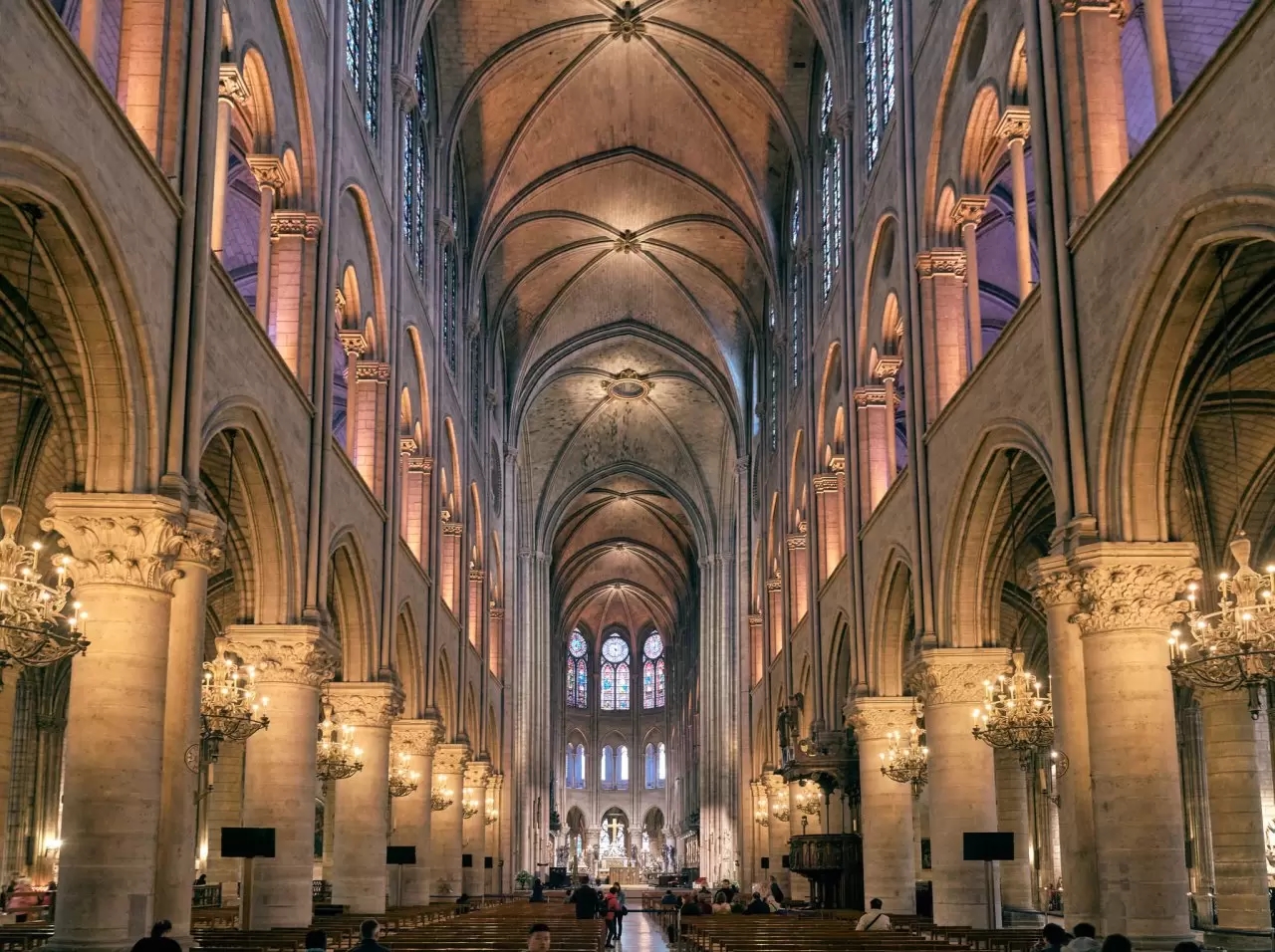
The Notre Dame Cathedral is one of the most famous symbols of Paris and one of France's most important historical buildings. The cathedral was started in 1163 and completed in 1345, with stones brought from different regions of France. It is one of the most beautiful examples of Gothic architecture and, along with other Gothic cathedrals built in the 13th century, one of the largest churches in Europe.
The Notre Dame Cathedral is also one of the most important examples of French art. The stained glass windows, wall paintings, and sculptures inside the cathedral are works of art from the Middle Ages. One of the most famous sculptures in the cathedral is the statue of Saint Denis feeding the crows. The largest stained glass window in the cathedral, made in the 13th century, depicts scenes from the life of Jesus.
The Notre Dame Cathedral is also an important symbol of French culture. It is featured in Victor Hugo's famous novel, The Hunchback of Notre Dame. The cathedral is one of France's most important tourist attractions and is visited by millions of tourists every year.
However, a fire that broke out in the Notre Dame Cathedral on April 15, 2019, caused great damage to the cathedral's historical structure. The fire destroyed the roof and spire of the cathedral and damaged many works of art inside. However, the main structure and stained glass windows of the cathedral were saved.
The historical structure, art, and cultural heritage of the Notre Dame Cathedral are important legacies. The cathedral is one of the most important examples of French art and a symbol of French culture. Although the fire damaged the historical structure of the cathedral, the main structure and stained glass windows were saved. The Notre Dame Cathedral is an important legacy that will be passed on to future generations.
The Historical Texture of Notre Dame Cathedral: Its Religious and Historical Importance
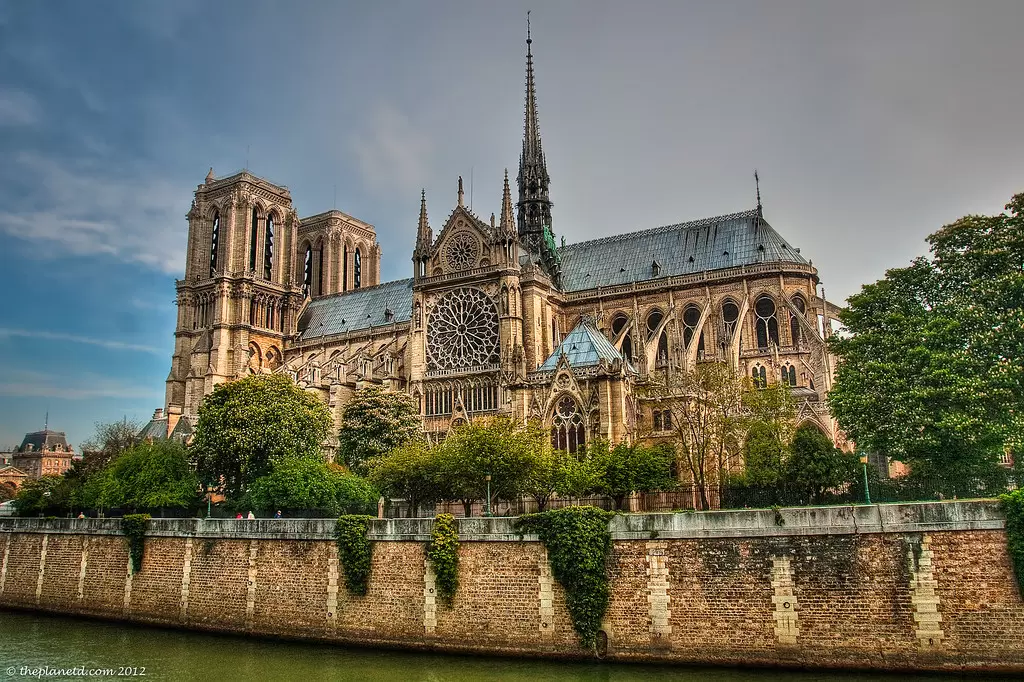
Notre Dame Cathedral is a historic building located in the capital of France, Paris, and is recognized worldwide. The cathedral is one of the most important examples of Gothic architecture and has a history of 850 years. Notre Dame Cathedral has great religious and historical significance.
The cathedral was started to be built in 1163 and completed in 1345. Many changes and additions were made until its construction was completed. The cathedral is one of the largest churches in France and is visited by millions of tourists every year.
Notre Dame Cathedral has great religious significance. The cathedral is one of the most important centers of the Catholic Church and many religious ceremonies are held here. The cathedral also hosts the tombs of many important religious figures.
Historically, Notre Dame Cathedral has great significance. The cathedral suffered great damage during the French Revolution. However, it was later restored and became an important symbol of French culture.
Notre Dame Cathedral also hosts many works of art. The cathedral houses the works of many famous painters and sculptors. These works further enrich the historical texture of the cathedral.
In conclusion, Notre Dame Cathedral has great religious and historical significance. The cathedral is one of the most important tourist attractions in France and is recognized worldwide. The historical texture of the cathedral attracts visitors' attention and the cathedral is an important symbol of French culture.

Comments